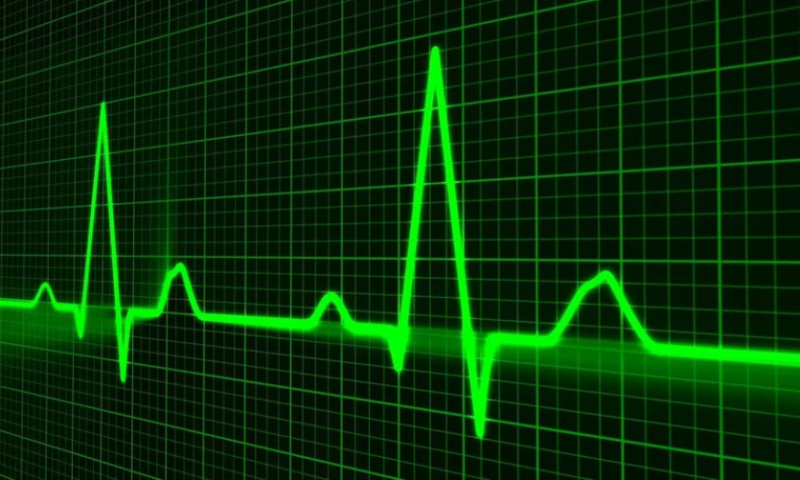Though it affects only somewhere between 0.1% and 1% of the world’s population, pulmonary hypertension can carry an outsized mortality risk. That’s due to its largely nonspecific symptoms—including shortness of breath, heart palpitations and fatigue—which can significantly stretch out the time between when symptoms first appear and a doctor is finally able to link them to a definitive diagnosis and begin treating the condition.
A new artificial intelligence algorithm may be the key to slashing that drawn-out prediagnosis period. It was developed by a group of data scientists and physicians representing Johnson & Johnson’s Janssen Research & Development, the Mayo Clinic and nference spinout Anumana, and it’s designed to spot signs of pulmonary hypertension in electrocardiogram readings.
The algorithm is already in the FDA’s good graces. It’s been granted the agency’s breakthrough device designation, the partners announced this week, clearing away some of the obstacles in its path toward a full regulatory clearance.
The first step in building the algorithm was training the AI to recognize signs of pulmonary hypertension, in which heightened pressure in the blood vessels between the heart and lungs causes a build-up of muscle that can narrow the vessel walls. To do so, the researchers fed it more than 6 million de-identified patient records, comprising more than 8 million ECG readings.
With that training, the AI is now able to automatically analyze voltage-time data collected during 12-lead ECG recordings. After just a few seconds, it generates a prediction of the likelihood that a patient will be diagnosed with pulmonary hypertension.
If the algorithm is cleared by the FDA, the researchers said they plan to make it available both as a standalone app that could be downloaded to a smartphone, tablet or computer and also as a cloud-based program that could be embedded into a healthcare provider’s existing platforms to manage electronic health records and ECG readings.
“While therapeutic options for patients with pulmonary hypertension have evolved in recent years, we have not seen significant advancement in reducing the time from symptom onset to diagnosis—and our hypothesis was that data science could help change this,” said Najat Khan, Ph.D., data science chief and global head of strategy and operations at Janssen, which has been working with nference to build new data-driven AI tools since 2019.
This is the second ECG-enhancing AI tool developed through the Mayo Clinic and nference’s own ongoing partnership that has earned the FDA’s recognition.
The first was an AI-powered algorithm that screens for low ejection fraction in standard 12-lead ECG readings. It received breakthrough designation in 2019, before earning emergency use authorization from the FDA in 2020 to help quickly detect heart conditions in COVID-19 patients.

